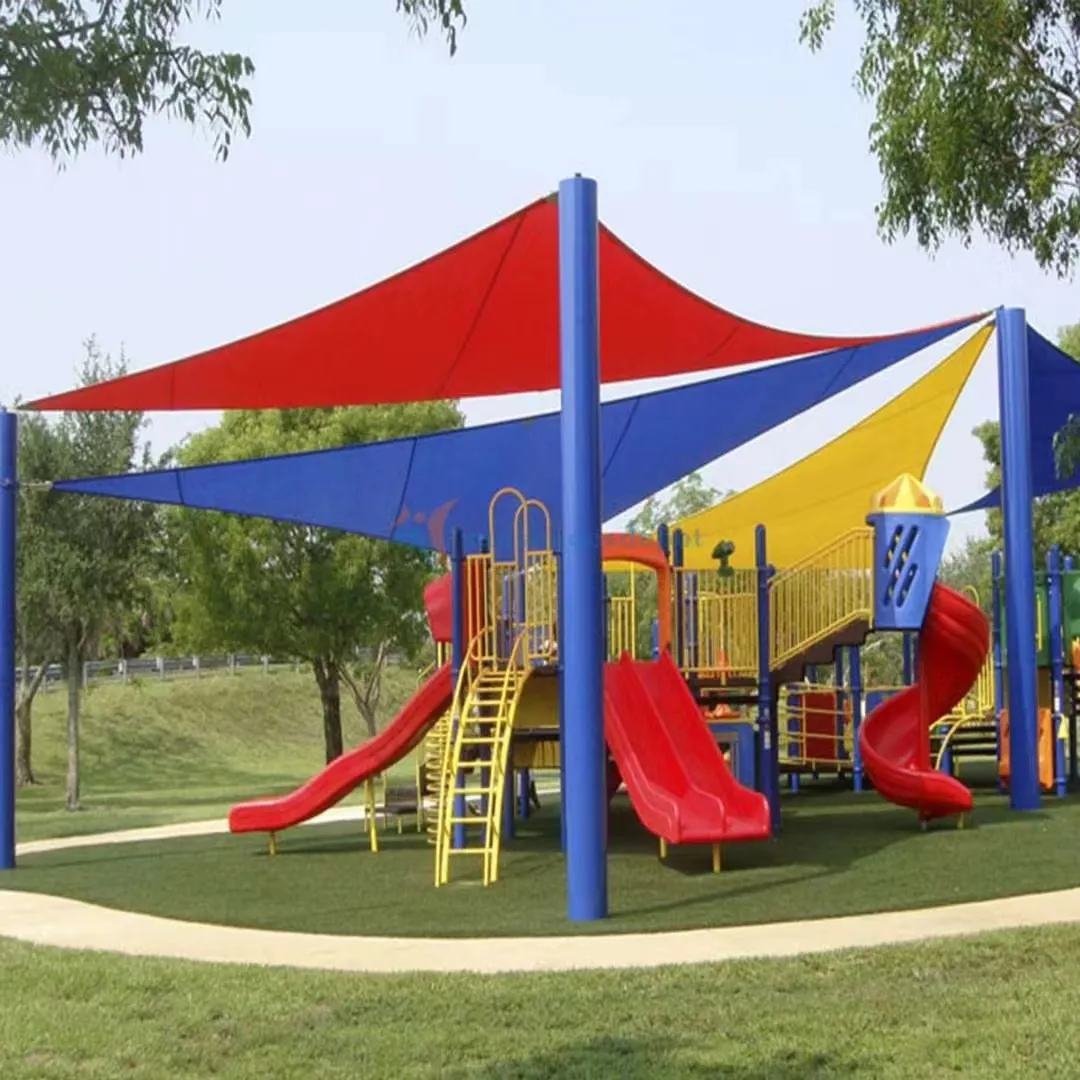-
 Afrikaans
Afrikaans -
 Albanian
Albanian -
 Amharic
Amharic -
 Arabic
Arabic -
 Armenian
Armenian -
 Azerbaijani
Azerbaijani -
 Basque
Basque -
 Belarusian
Belarusian -
 Bengali
Bengali -
 Bosnian
Bosnian -
 Bulgarian
Bulgarian -
 Catalan
Catalan -
 Cebuano
Cebuano -
 China
China -
 Corsican
Corsican -
 Croatian
Croatian -
 Czech
Czech -
 Danish
Danish -
 Dutch
Dutch -
 English
English -
 Esperanto
Esperanto -
 Estonian
Estonian -
 Finnish
Finnish -
 French
French -
 Frisian
Frisian -
 Galician
Galician -
 Georgian
Georgian -
 German
German -
 Greek
Greek -
 Gujarati
Gujarati -
 Haitian Creole
Haitian Creole -
 hausa
hausa -
 hawaiian
hawaiian -
 Hebrew
Hebrew -
 Hindi
Hindi -
 Miao
Miao -
 Hungarian
Hungarian -
 Icelandic
Icelandic -
 igbo
igbo -
 Indonesian
Indonesian -
 irish
irish -
 Italian
Italian -
 Japanese
Japanese -
 Javanese
Javanese -
 Kannada
Kannada -
 kazakh
kazakh -
 Khmer
Khmer -
 Rwandese
Rwandese -
 Korean
Korean -
 Kurdish
Kurdish -
 Kyrgyz
Kyrgyz -
 Lao
Lao -
 Latin
Latin -
 Latvian
Latvian -
 Lithuanian
Lithuanian -
 Luxembourgish
Luxembourgish -
 Macedonian
Macedonian -
 Malgashi
Malgashi -
 Malay
Malay -
 Malayalam
Malayalam -
 Maltese
Maltese -
 Maori
Maori -
 Marathi
Marathi -
 Mongolian
Mongolian -
 Myanmar
Myanmar -
 Nepali
Nepali -
 Norwegian
Norwegian -
 Norwegian
Norwegian -
 Occitan
Occitan -
 Pashto
Pashto -
 Persian
Persian -
 Polish
Polish -
 Portuguese
Portuguese -
 Punjabi
Punjabi -
 Romanian
Romanian -
 Russian
Russian -
 Samoan
Samoan -
 Scottish Gaelic
Scottish Gaelic -
 Serbian
Serbian -
 Sesotho
Sesotho -
 Shona
Shona -
 Sindhi
Sindhi -
 Sinhala
Sinhala -
 Slovak
Slovak -
 Slovenian
Slovenian -
 Somali
Somali -
 Spanish
Spanish -
 Sundanese
Sundanese -
 Swahili
Swahili -
 Swedish
Swedish -
 Tagalog
Tagalog -
 Tajik
Tajik -
 Tamil
Tamil -
 Tatar
Tatar -
 Telugu
Telugu -
 Thai
Thai -
 Turkish
Turkish -
 Turkmen
Turkmen -
 Ukrainian
Ukrainian -
 Urdu
Urdu -
 Uighur
Uighur -
 Uzbek
Uzbek -
 Vietnamese
Vietnamese -
 Welsh
Welsh -
 Bantu
Bantu -
 Yiddish
Yiddish -
 Yoruba
Yoruba -
 Zulu
Zulu
Creating Efficient Insect Habitat with Innovative Mesh Cage Designs for Optimal Growth and Protection
The Importance and Versatility of Insect Mesh Cages
Insect mesh cages, often overlooked, play a crucial role in entomological research, horticulture, and the management of crop pests. These specialized enclosures serve a variety of purposes, from rearing insects in a controlled environment to protecting delicate plants from herbivorous pests. As we delve deeper into the significance of insect mesh cages, we uncover their multifaceted benefits and applications.
First and foremost, insect mesh cages provide an ideal environment for entomologists and researchers to study insect behavior, lifecycles, and interactions. Insects are vital to our ecosystem, pollinating plants, decomposing organic matter, and serving as food for other animals. By using mesh cages, researchers can closely observe insects without the interference of external variables. This controlled setting allows for a more accurate observation of mating habits, feeding patterns, and the effects of environmental changes on various insect species.
In agricultural settings, the utilization of insect mesh cages has become increasingly popular as a sustainable pest management strategy. Farmers can use these cages to protect their crops from harmful insects while allowing beneficial insects to thrive. For instance, some farmers implement mesh cages to shield plants from aphids and caterpillars, which can cause extensive damage. By using these cages, farmers can create a physical barrier that prevents the entry of pests, reducing the need for harmful pesticides. This approach not only fosters a healthier ecosystem but also produces safer food for consumers.
insect mesh cage

Moreover, insect mesh cages are invaluable in the rearing of beneficial insects, such as ladybugs, lacewings, and pollinators like bees. These insects are essential for controlling pest populations naturally and enhancing pollination, which boosts crop yields. By creating a conducive environment within mesh cages, growers can increase the survival and reproduction rates of these beneficial insects, ensuring their availability during critical periods. The practice of raising these insects in controlled settings helps maintain ecological balance in agricultural landscapes.
Another significant application of insect mesh cages is in the realm of aquaculture. They are often used to keep aquatic insects and larvae safe from predators while still allowing water circulation. This is particularly important for the cultivation of fish and other aquatic organisms that rely on insects as a food source. Cages can provide optimal conditions for breeding and growth, thereby enhancing the efficiency of aquaculture operations.
In addition to their practical applications, insect mesh cages contribute to education and awareness. Educational institutions and nature centers use these cages to teach students and the public about the importance of insects in biodiversity and ecosystem health. By providing a firsthand look at various insect species, these cages serve to engage and inspire future generations to appreciate and protect our natural world.
In conclusion, insect mesh cages are an essential tool in various fields, including scientific research, agriculture, aquaculture, and education. Their versatility allows for effective pest control, the preservation and study of beneficial insects, and the promotion of sustainable practices. As the global focus shifts toward sustainability and eco-friendly solutions, the significance of insect mesh cages will only continue to grow. By leveraging these innovative solutions, we can foster healthier ecosystems, improve agricultural practices, and ensure a more sustainable future for all.
-
Shipping Plastic Bags for Every NeedNewsJul.24,2025
-
Safety Netting: Your Shield in ConstructionNewsJul.24,2025
-
Plastic Mesh Netting for Everyday UseNewsJul.24,2025
-
Nylon Netting for Every UseNewsJul.24,2025
-
Mesh Breeder Box for Fish TanksNewsJul.24,2025
-
Expanded Steel Mesh Offers Durable VersatilityNewsJul.24,2025











